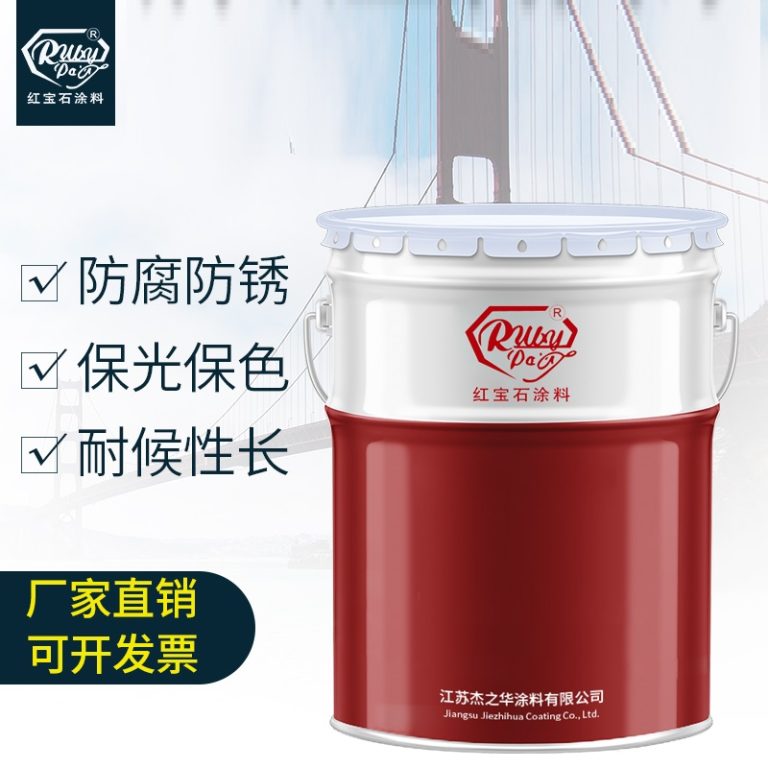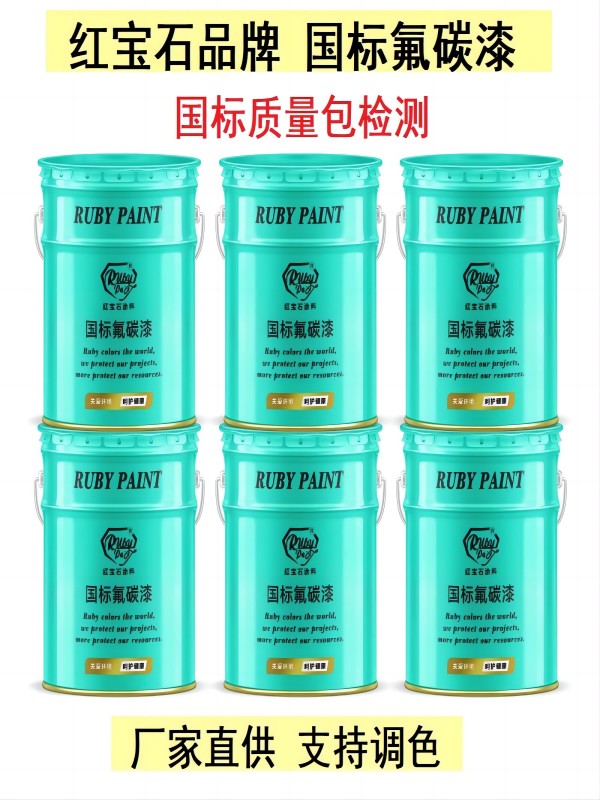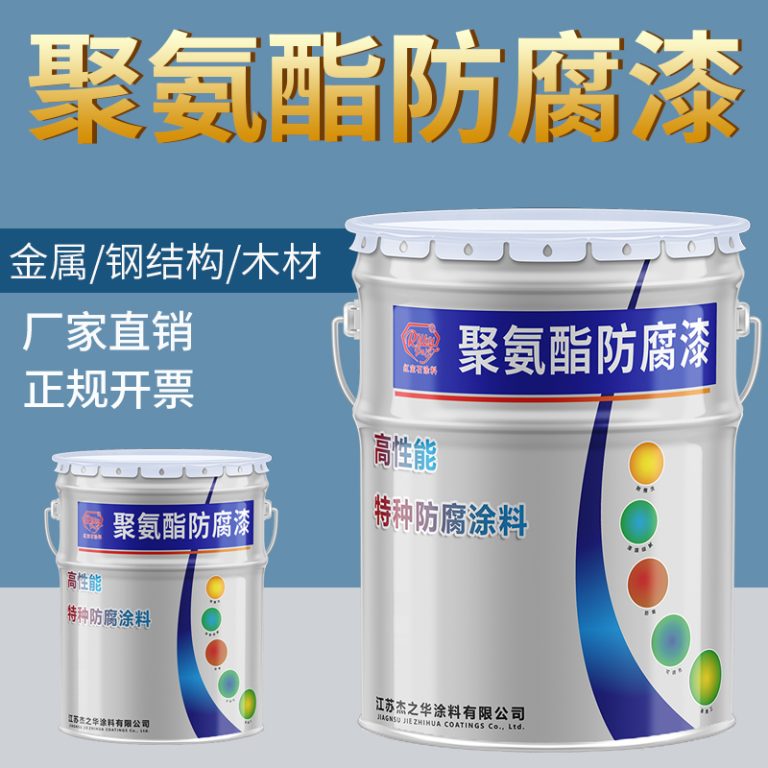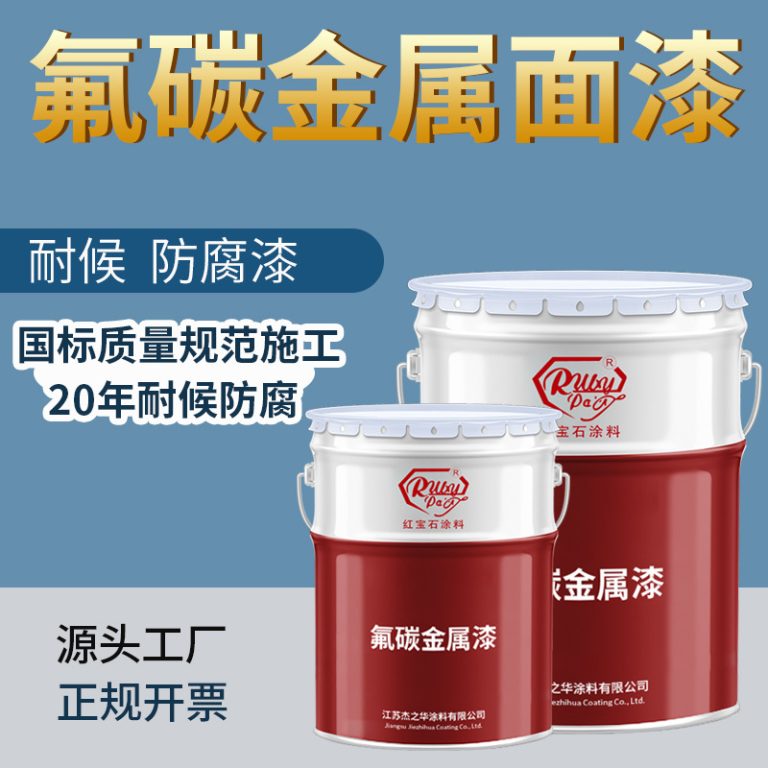Table of Contents
التحديات التي تواجه مصنعي دهانات الكيد في السوق الحالي
لا.
| الاسم | الطلاء الصناعي |
| 1 | علاوة على ذلك، يمكن أن يؤثر المناخ الاقتصادي العالمي أيضًا على صناعة طلاء الألكيد. يمكن أن تؤدي فترات الركود الاقتصادي إلى انخفاض أنشطة البناء والتجديد، والتي تعد من المحركات الرئيسية للطلب على الطلاء. في مثل هذه السيناريوهات، قد تواجه الشركات المصنعة انخفاضًا في المبيعات، مما يضع ضغوطًا مالية إضافية على عملياتها. من الأهمية بمكان أن يكون لدى الشركات استراتيجيات قوية مطبقة للتنقل عبر حالات عدم اليقين الاقتصادي والحفاظ على مكانتها في السوق.
على الرغم من هذه التحديات، هناك فرص لمصنعي طلاء الألكيد للازدهار. ومن خلال التركيز على ابتكار المنتجات، مثل تطوير دهانات ألكيد عالية الأداء وصديقة للبيئة، يمكن للمصنعين تلبية الاحتياجات المتطورة للمستهلكين والهيئات التنظيمية. بالإضافة إلى ذلك، فإن التوسع في الأسواق الناشئة حيث تزدهر أنشطة البناء يمكن أن يوفر مصادر إيرادات جديدة وآفاق نمو. |
لا.
| اسم السلعة | الطلاء الصناعي |
| 1 | الابتكارات والاتجاهات في صناعة دهانات الألكيد |
لقد كان مصنعو دهانات ألكيد في طليعة الابتكار في صناعة الطلاء، حيث يقومون باستمرار بتطوير تقنيات وتركيبات جديدة لتلبية الاحتياجات المتطورة للمستهلكين والمتطلبات التنظيمية. تم استخدام دهانات الألكيد، المعروفة بمتانتها ولمعانها، على نطاق واسع في التطبيقات الداخلية والخارجية. ومع ذلك، واجهت دهانات الألكيد التقليدية القائمة على المذيبات انتقادات بسبب مستوياتها العالية من المركبات العضوية المتطايرة (VOCs)، والتي تساهم في تلوث الهواء وتشكل مخاطر صحية.
استجابة لهذه المخاوف، استثمر مصنعو دهانات الألكيد في البحث والتطوير لخلق بدائل أكثر صديقة للبيئة. أحد أهم التطورات في هذا المجال كان تطوير دهانات الألكيد المنقولة بالماء. تجمع هذه الدهانات بين مزايا أداء الألكيدات والمحتوى المنخفض من المركبات العضوية المتطايرة في الدهانات المائية. باستخدام الماء كمذيب أساسي، نجح المصنعون في تقليل انبعاث المركبات العضوية المتطايرة الضارة بشكل كبير، مما يجعل هذه الدهانات أكثر أمانًا للبيئة وصحة الإنسان.
علاوة على ذلك، يمتد الابتكار في تصنيع طلاء الألكيد إلى ما هو أبعد من مجرد تقليل المركبات العضوية المتطايرة. يركز المصنعون أيضًا على تحسين الأداء العام ووظائف دهانات الألكيد. على سبيل المثال، أدت التطورات الأخيرة إلى إنشاء دهانات الألكيد ذات أوقات تجفيف أسرع، وهي ميزة كبيرة في البيئات التجارية والصناعية حيث يكون الوقت جوهريًا. بالإضافة إلى ذلك، قدمت بعض الشركات المصنعة دهانات الألكيد ذات مقاومة معززة للعوامل الجوية والأشعة فوق البنفسجية، مما يضمن احتفاظ الطلاء بجاذبيته الجمالية وخصائصه الوقائية لفترات أطول.
هناك اتجاه آخر في صناعة طلاء الألكيد وهو تخصيص المنتجات لتلبية احتياجات العملاء المحددة. يقدم المصنعون نطاقًا أوسع من الألوان والتشطيبات، بالإضافة إلى المنتجات المتخصصة المصممة لتطبيقات معينة. على سبيل المثال، توجد الآن دهانات الألكيد المصممة خصيصًا للاستخدام على الأسطح المعدنية، والتي توفر التصاقًا فائقًا ومنع الصدأ. هذا المستوى من التخصيص لا يسمح للمستهلكين بتحقيق المظهر المرغوب لمشاريعهم فحسب، بل يعزز أيضًا وظائف الطلاء وطول عمره.
علاوة على ذلك، يستكشف مصنعو طلاء الألكيد أيضًا استخدام المواد الخام المستدامة والحيوية في تركيباتهم . ومن خلال دمج الموارد المتجددة مثل الزيوت النباتية والراتنجات الطبيعية، يقلل المصنعون من اعتمادهم على المكونات النفطية، والتي تكون محدودة ولها بصمة بيئية أكبر. إن هذا التحول نحو دهانات الألكيد ذات الأساس الحيوي لا يدعم الاستدامة فحسب، بل يفتح أيضًا إمكانيات جديدة للابتكار من حيث خصائص الطلاء والأداء. المنتجات الصديقة والطلب على الأداء العالي والتخصيص. من خلال تطوير دهانات الألكيد المنقولة بالماء، واستخدام المواد المستدامة، وتعزيز وظائف المنتج، لا يعالج المصنعون التحديات التي تفرضها الضغوط التنظيمية وضغوط المستهلك فحسب، بل يضعون أيضًا معايير جديدة في صناعة الطلاء. ومع استمرار تطور هذه الابتكارات، فمن الواضح أن مصنعي طلاء الألكيد سيلعبون دورًا محوريًا في تشكيل مستقبل تكنولوجيا الطلاء.
Alkyd paint manufacturers have been at the forefront of innovation in the paint industry, continuously developing new technologies and formulations to meet the evolving needs of consumers and regulatory requirements. Alkyd paints, known for their durability and glossy finish, have been widely used for both interior and exterior applications. However, the traditional solvent-based alkyd paints have faced criticism due to their high levels of volatile organic compounds (VOCs), which contribute to air pollution and pose health risks.
In response to these concerns, alkyd paint manufacturers have been investing in research and development to create more environmentally friendly alternatives. One of the most significant advancements in this area has been the development of waterborne alkyd paints. These paints combine the performance benefits of alkyds with the low VOC content of water-based paints. By using water as the primary solvent, manufacturers have significantly reduced the emission of harmful VOCs, making these paints safer for both the environment and human health.
Moreover, the innovation in alkyd paint manufacturing extends beyond just reducing VOCs. Manufacturers are also focusing on improving the overall performance and functionality of alkyd paints. For instance, recent developments have led to the creation of alkyd paints with faster drying times, which is a major advantage in commercial and industrial settings where time is of the essence. Additionally, some manufacturers have introduced alkyd paints with enhanced resistance to weathering and UV radiation, ensuring that the paint maintains its aesthetic appeal and protective properties for longer periods.

Another trend in the alkyd paint manufacturing industry is the customization of products to meet specific customer needs. Manufacturers are offering a wider range of colors and finishes, as well as specialized products designed for particular applications. For example, there are now alkyd paints formulated specifically for use on metal surfaces, which provide superior adhesion and rust prevention. This level of customization not only allows consumers to achieve the desired look for their projects but also enhances the functionality and longevity of the paint.
Furthermore, alkyd paint manufacturers are also exploring the use of sustainable and bio-based raw materials in their formulations. By incorporating renewable resources such as vegetable oils and natural resins, manufacturers are reducing their reliance on petroleum-based ingredients, which are finite and have a larger environmental footprint. This shift towards bio-based alkyd paints not only supports sustainability but also opens up new possibilities for innovation in terms of paint properties and performance.
In conclusion, the alkyd paint manufacturing industry is undergoing a transformation, driven by the need for more environmentally friendly products and the demand for higher performance and customization. Through the development of waterborne alkyd paints, the use of sustainable materials, and the enhancement of product functionalities, manufacturers are not only addressing the challenges posed by regulatory and consumer pressures but are also setting new standards in the paint industry. As these innovations continue to evolve, it is clear that alkyd paint manufacturers will play a pivotal role in shaping the future of coatings technology.




